Get off at JR Matsuyama Station! A two-day, one-night trip to Matsuyama, staying at Okudogo Ichiyu-no-mori

Okudogo Ichiyu no Mori is a hot spring inn located just a 10-minute drive from Dogo Onsen in Matsuyama City, Ehime Prefecture, built along the Ishitegawa Valley and surrounded by lush nature. In this article, we'll introduce how to get to Dogo Onsen by public transportation from JR Matsuyama Station, the classic tourist spots, must-try gourmet food, and souvenirs.
2 days/1 night
Matsuyama City is also a city of literature
Matsuyama City in Ehime Prefecture is a place that has deep ties to the haiku poet Masaoka Shiki, as well as the writers Natsume Soseki and Shibata Renzaburo.
Matsuyama Castle and Dogo Onsen, which are major tourist attractions, also boast beautiful seasonal changes and have been popular with many literary figures.
This time, we will head to Okudogo Ichinomori by train, sightseeing from JR Matsuyama Station, which welcomes tourists arriving by train in Shikoku, where there is no Shinkansen.
Transportation options include city buses, trains and taxis.
There are also several rental car companies around the station, so if you want to move around freely, we recommend renting a car.
Matsuyama has two main stations with very similar names: JR Matsuyama Station and Matsuyama-shi Station (inside Iyotetsu Takashimaya Station). Both stations are used by many people.
These two are in completely different locations, so be sure to check which station you are using.
There are many specialty stores selling Imabari towels, restaurants where you can sample food while walking around, and sweet shops.
There are many restaurants where you can enjoy Ehime Prefecture's famous taimeshi (sea bream rice), so please enjoy lunch at your favorite restaurant.
The Botchan Train, a restored steam locomotive that now runs on a diesel engine, can be seen in front of Dogo Onsen Station and at the Botchan Train Museum near Matsuyama City Station.
Tickets can be purchased directly from the train staff or at the Dogo Ticket Center.
*Please check the official website for the latest information regarding tickets.
The standard souvenirs are tarts and Botchan dango, but each confectionery shop has its own unique flavor, so why not try buying some from different sellers and comparing them?
Another recommended souvenir is Poem.
This is a creative confectionery made of biscuit dough with a sweet aroma of butter and vanilla, wrapped around soft, fluffy yellow bean paste.
New seasonal flavors are released every year, and we also recommend the mini-sized version, which comes in a Dogo Onsen exclusive package.
After strolling around Dogo Onsen, head to Okudogo Ichiyu no Mori.
It takes about 30 minutes by city bus to get there, or about 15 minutes by using the free shuttle bus (reservations required in advance).
*Please check the latest operating times.
The dinner buffet in particular offers live cooking of steaks, nigiri sushi, pasta, and more, allowing you to fully enjoy the thrill of a buffet.
We also offer a Japanese and Western buffet for breakfast.
The building is over 60 years old, and the interior retains a good old-fashioned feel.
There are inevitably many stairs within the building, which may cause inconvenience to those with mobility issues. However, we will do our best to accommodate you, so please feel free to contact us with any concerns you may have.
Guests with tattoos are asked to refrain from using the large public bath.
In that case, please make a reservation for a private hot spring "private open-air bath (fee required)" or a room with an open-air bath.
On the second day, we will experience Ehime Prefecture's traditional crafts.
One of the characteristics of Tobe ware is that it preserves the tradition of being handmade and hand-painted.
Although it is not a major production area nationwide, Tobe ware is highly regarded by many pottery enthusiasts for its rustic texture and cute, plump form.
It has been designated as a national traditional craft, and currently around 100 potteries continue to produce unique pieces while preserving tradition.
If you have time... "JR Shimonada Station"
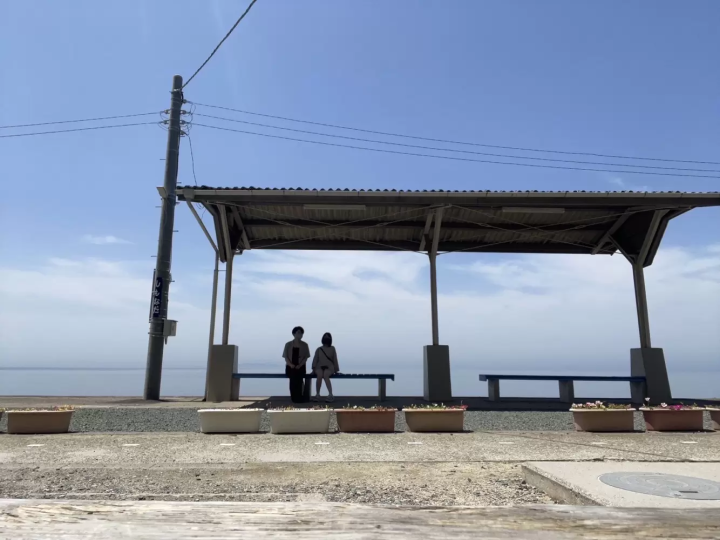
JR Shimonada Station, located in Futami Town, "the town where the sinking sun stands still," is a popular photo spot and always ranks highly in nationwide rankings of unmanned stations that people want to get off at least once.
It takes about 50 minutes by train from JR Matsuyama Station. It's a little confusing which train to take, so it's best to ask the station staff. There's nothing around, but that's a good thing.
Limousine buses (Iyotetsu) also operate from Matsuyama Airport.
This time, we introduced an example of a two-day, one-night trip to Matsuyama, departing from JR Matsuyama Station and heading to Oku-Dogo.
From Matsuyama Airport, you can take the city bus operated by Iyotetsu to Matsuyama city, Dogo Onsen, and Okudogo Ichinomori in a single trip.
Spots introduced in this itinerary
OKUDOGO ICHIYU NO MORI is about 10 minutes by car from Dogo Onsen. This is a hot spring inn located in the deep valley of the Ishite River. The large open-air bath "Suimei no Yu" boasts a site area of approximately 1,500 square meters, one of the largest in western Japan, and allows you to enjoy a beautiful panorama of nature. In addition, you can enjoy touring the hot springs unique to our hotel, which boasts an abundant amount of hot water, such as 5 types of ``private open-air baths'' with different bathtubs and ``rooms with open-air baths'' where you can enjoy hot springs at any time you like. For dinner, we offer a dinner buffet and Kaiseki cuisine made with ingredients from Ehime Prefecture. Especially at the dinner buffet, there is also live cooking of steaks, nigiri sushi, pasta, etc. You can enjoy the real pleasure of buffet. A breakfast buffet is also available.
The contents on this page may partially contain automatic translation.


























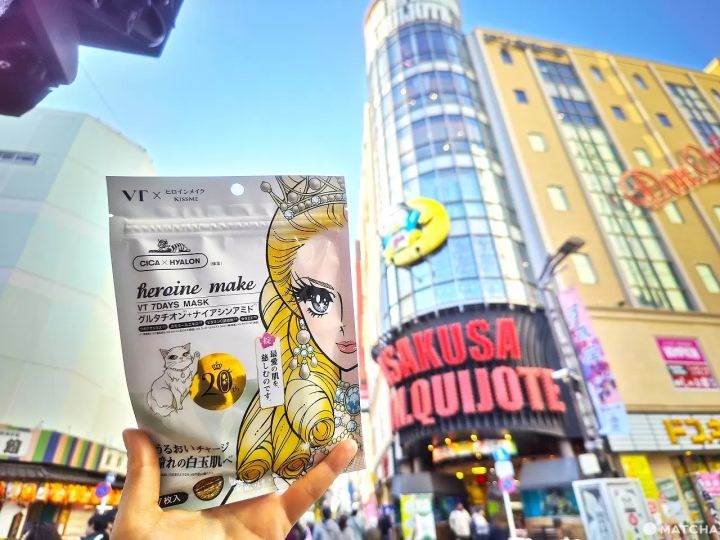

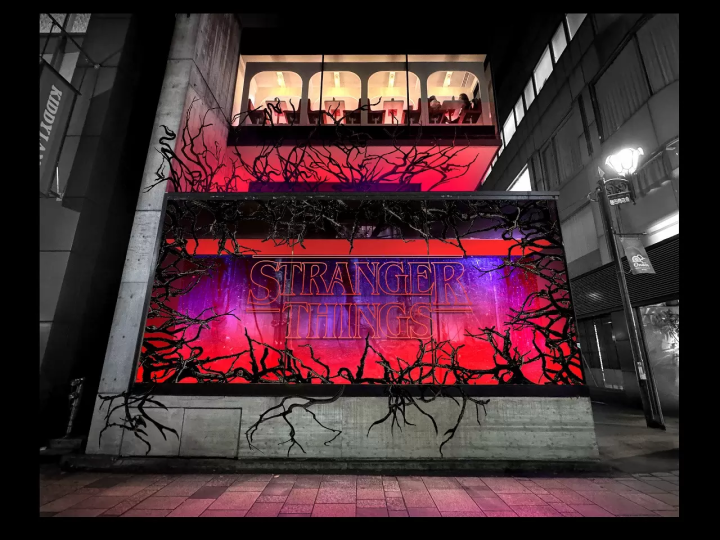
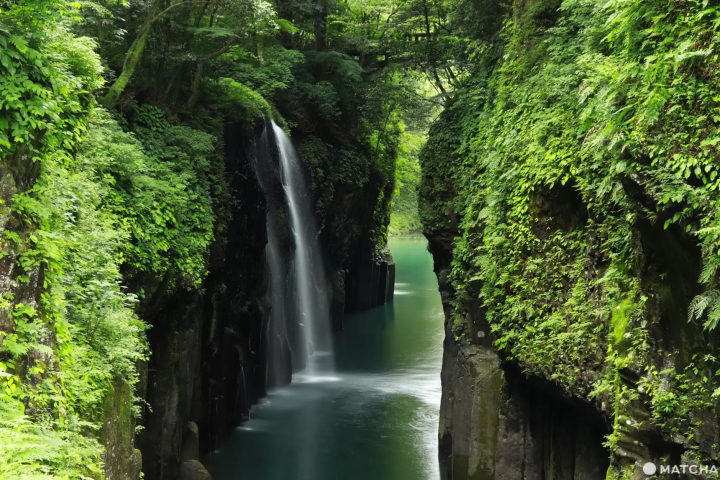




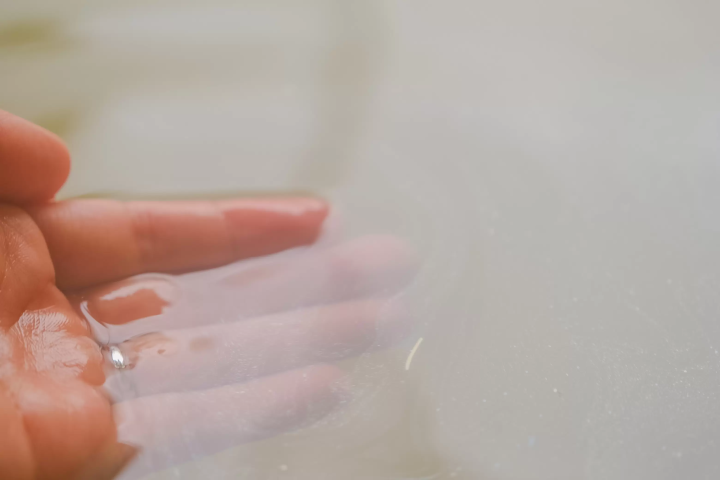


![[Wakayama Guide] Ume and Umeshu (Plum and Plum Wine)](https://resources.matcha-jp.com/resize/720x2000/2025/12/08-252248.webp)
![[2025 Update] From Kansai Airport to Namba - Recommended for travelers with large luggage! Travel comfortably by bus](https://resources.matcha-jp.com/resize/720x2000/2025/10/25-248088.webp)